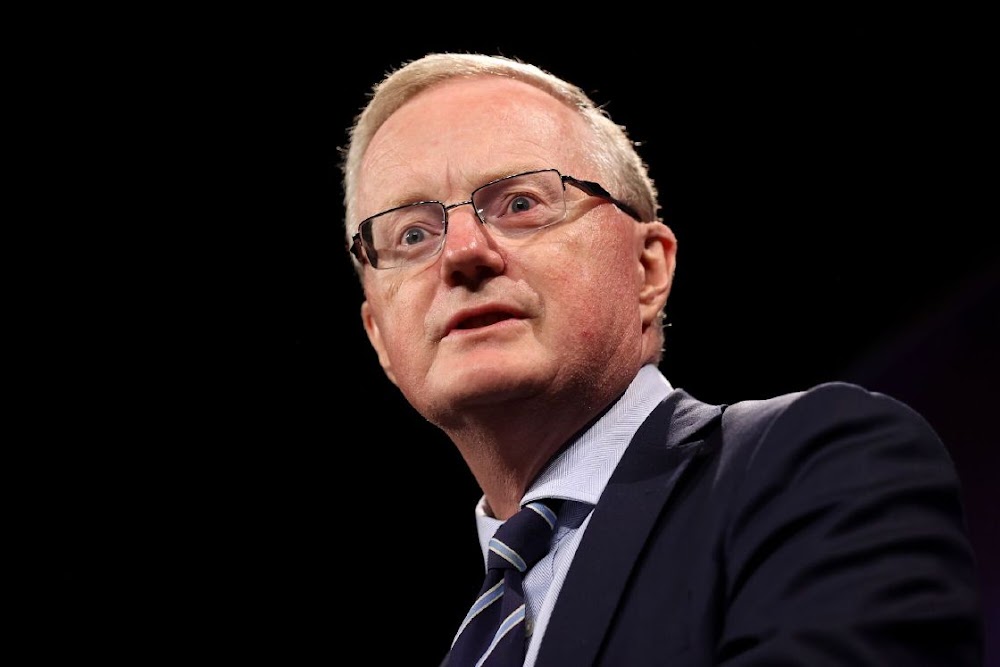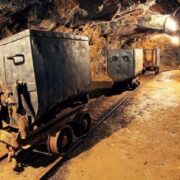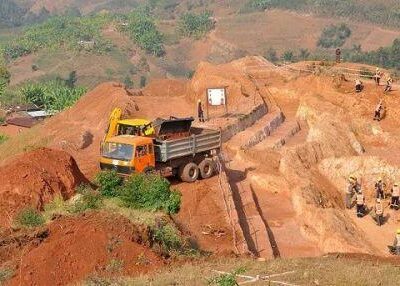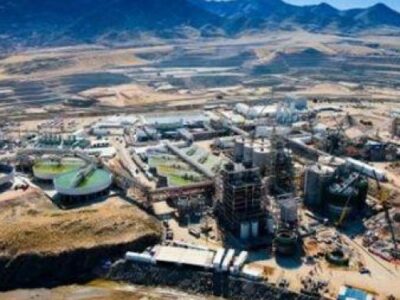Central banks in New Zealand and Australia on Wednesday showcased starkly different approaches in their battle to quell inflation — illustrating a choice that most of their developed-world peers also confront.
New Zealand policymakers surprised markets with a bigger-than-expected interest-rate increase, sending the kiwi and bond yields racing higher. Across the Tasman Sea just 30 minutes later, Reserve Bank of Australia (RBA) governor Philip Lowe used a speech to explain his decision on Tuesday to pause his almost yearlong hiking cycle, saying he is prepared to be more patient in bringing down prices.
As the steepest global tightening cycle in decades nears its end, the RBNZ-RBA divergence reflects a developed-world trend where some central banks are moving to the sidelines to assess the effect of their moves, while others keep on hiking for fear a pause would undermine progress in taming prices.
European Central Bank officials over the past week have started signalling that rate increases will soon end.
“The RBNZ and the RBA continue to choose startlingly different paths in the face of very similar inflation numbers,” said Sharon Zollner, chief economist at ANZ Bank New Zealand in Auckland.
US 10-year yields dropped to the lowest level since September overnight after soft labour-market and services industry data underscored concerns the word’s largest economy is headed towards recession.
The RBNZ’s surprise half-percentage point hike brings its cumulative tightening to five percentage points — more than the Federal Reserve’s 4.75 points. The RBA stood pat at 3.6% for a total increase of 3.5 points.
Labour markets
Markets bet the disconnect will continue, with the RBNZ seen hiking by another quarter point to 5.5%, while the RBA is seen staying on hold and then switching to rate cuts late this year.
At the heart of the contrast is the two central banks’ assessment of their labour markets and workers’ response to ultralow unemployment. In New Zealand, wage growth is surging above 8% compared with just 3.3% in Australia. While the figures are for the final three months of 2022, timely measures of wages in Australia suggest labour costs remain contained.
That allowed Lowe to pause and acknowledge in a speech on Wednesday that the RBA is prepared for a “slightly slower” return of inflation to its 2%-3% target to preserve pandemic-era labour market gains. The RBNZ, in its release, restated that employment remains beyond its maximum sustainable level.










Comments